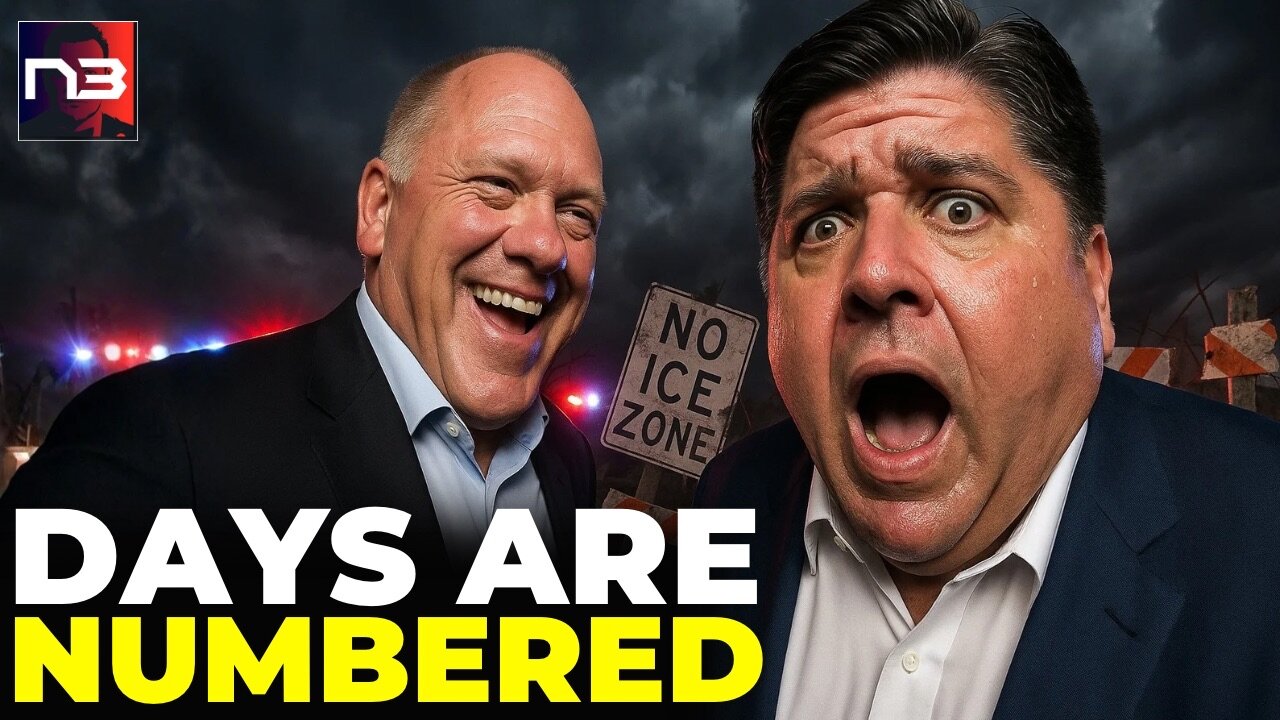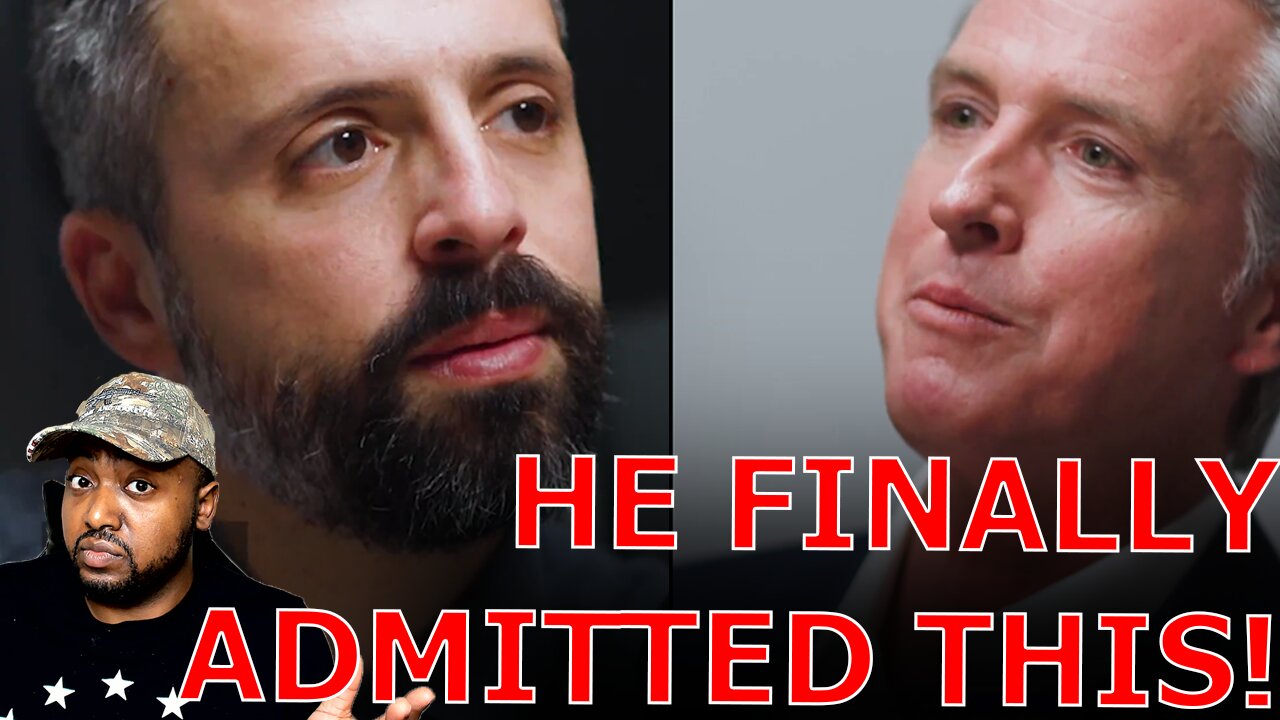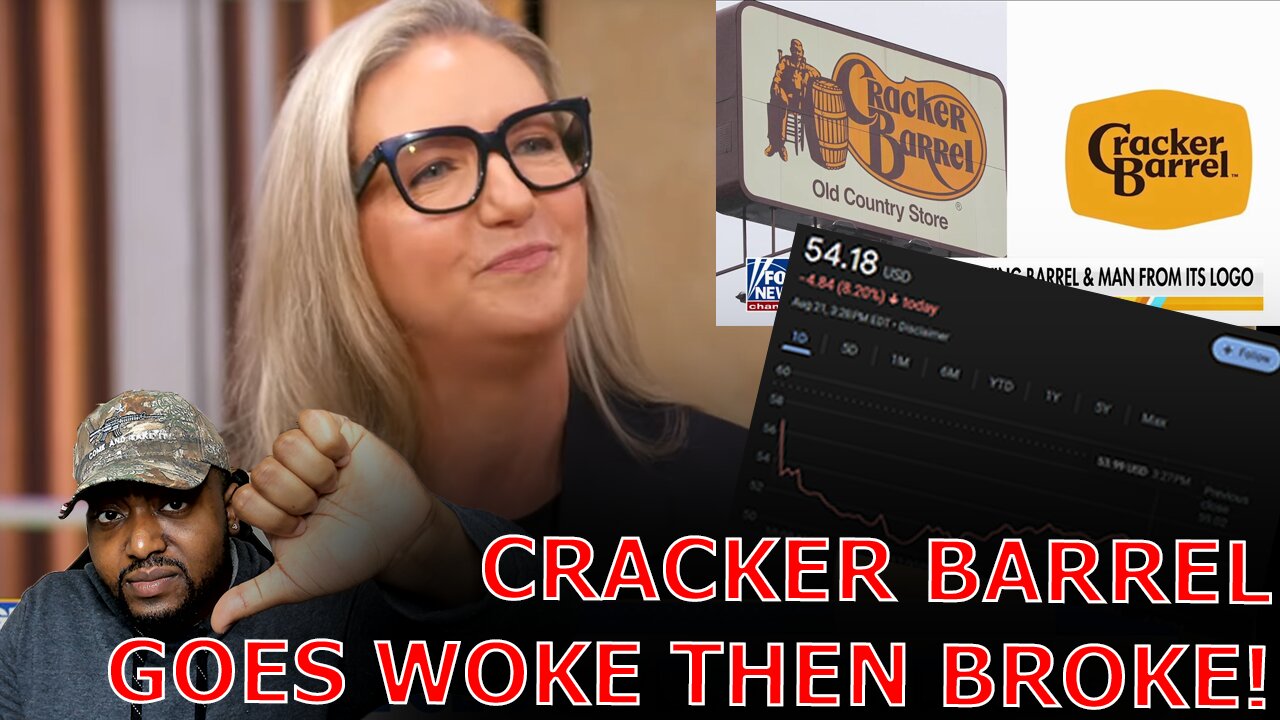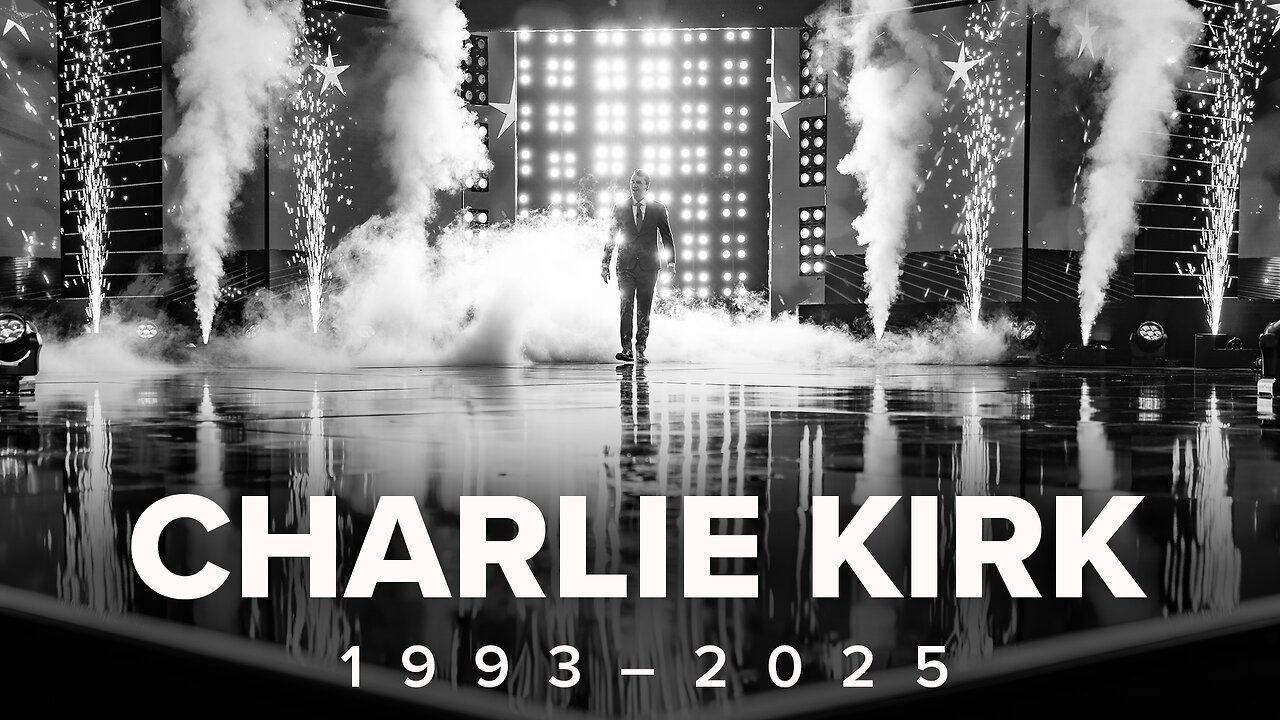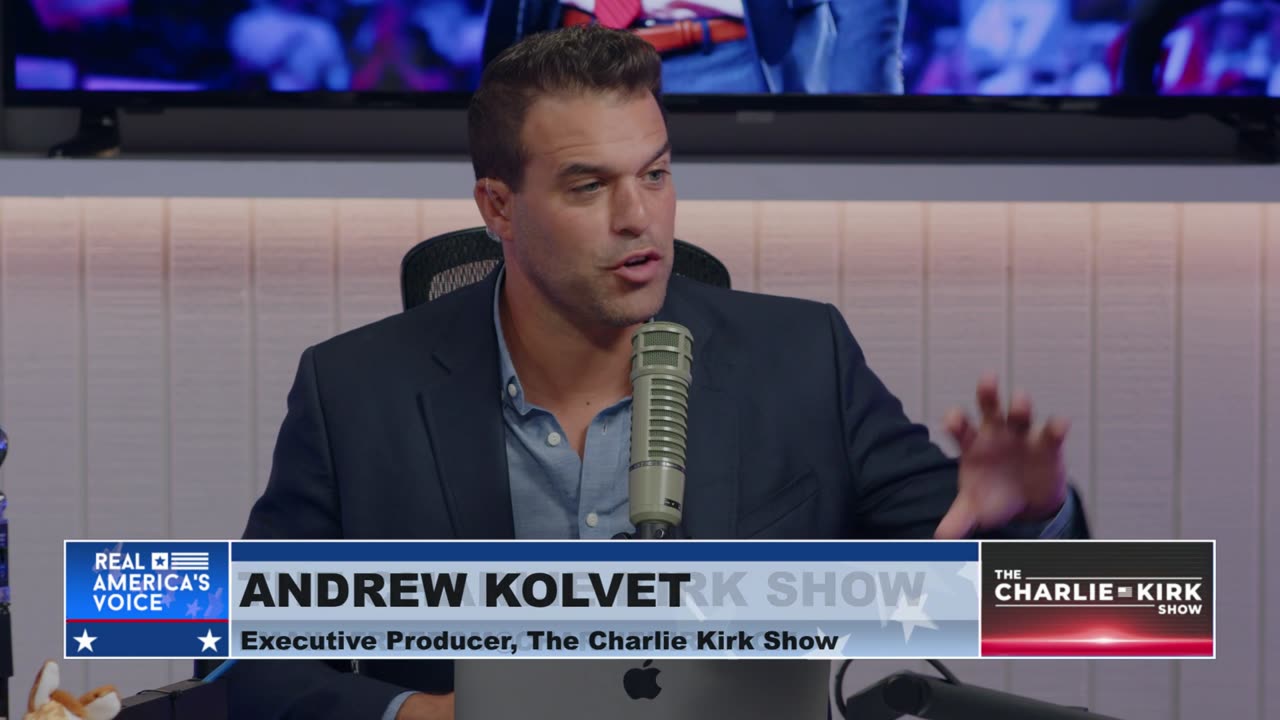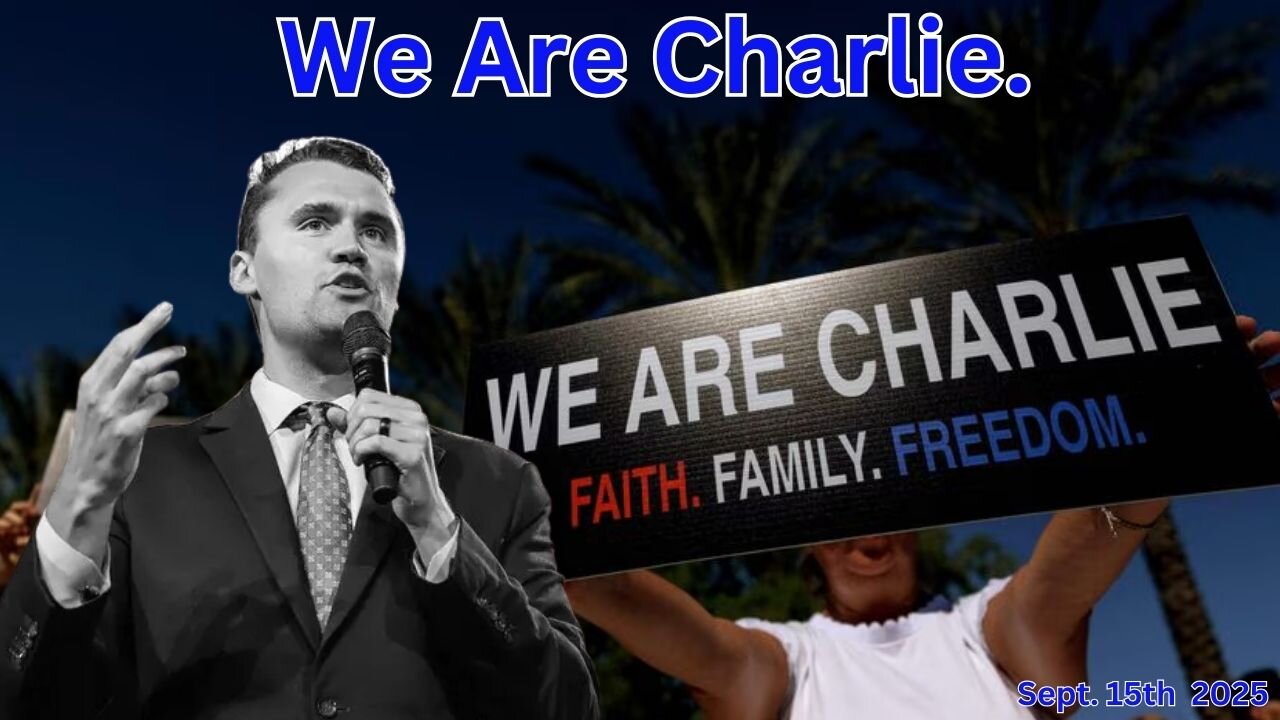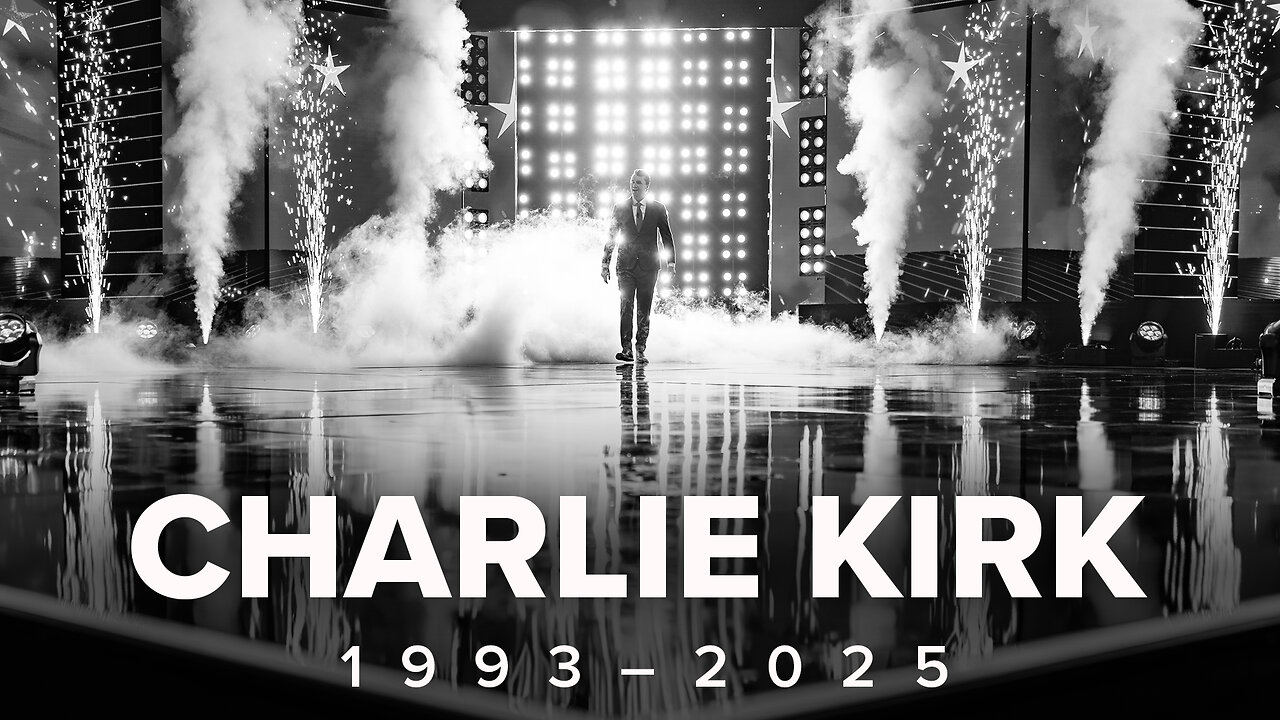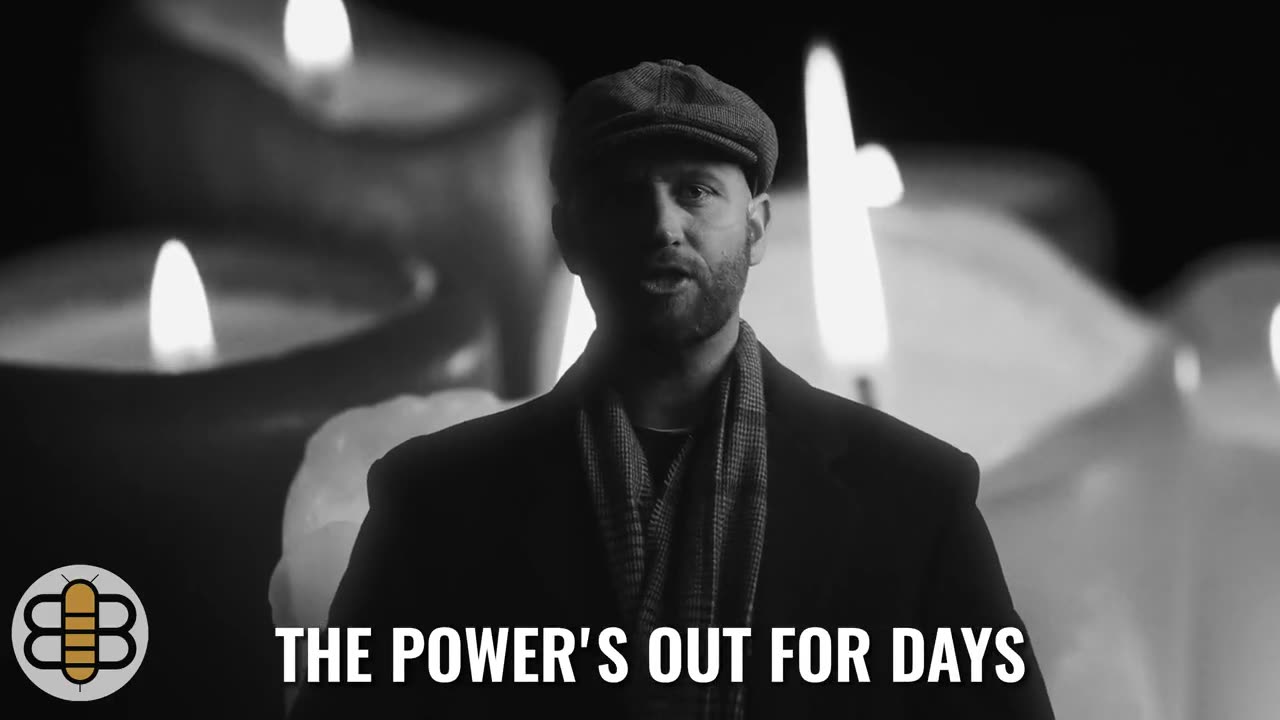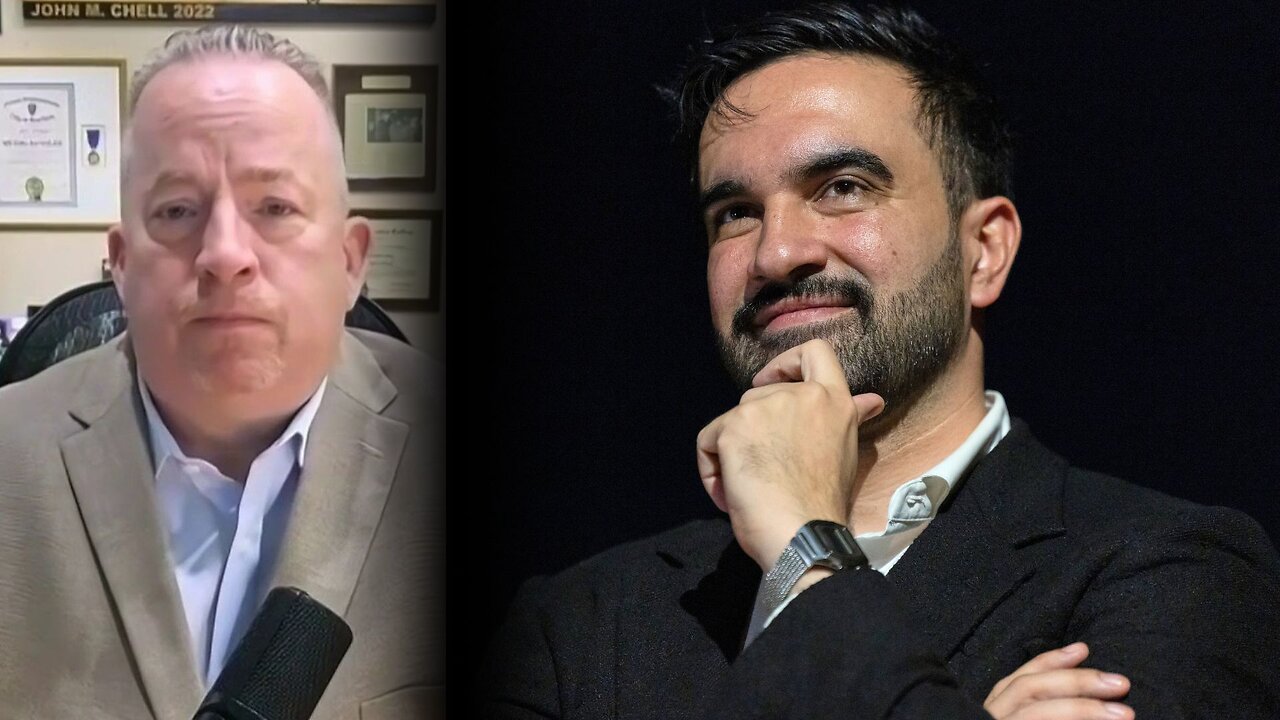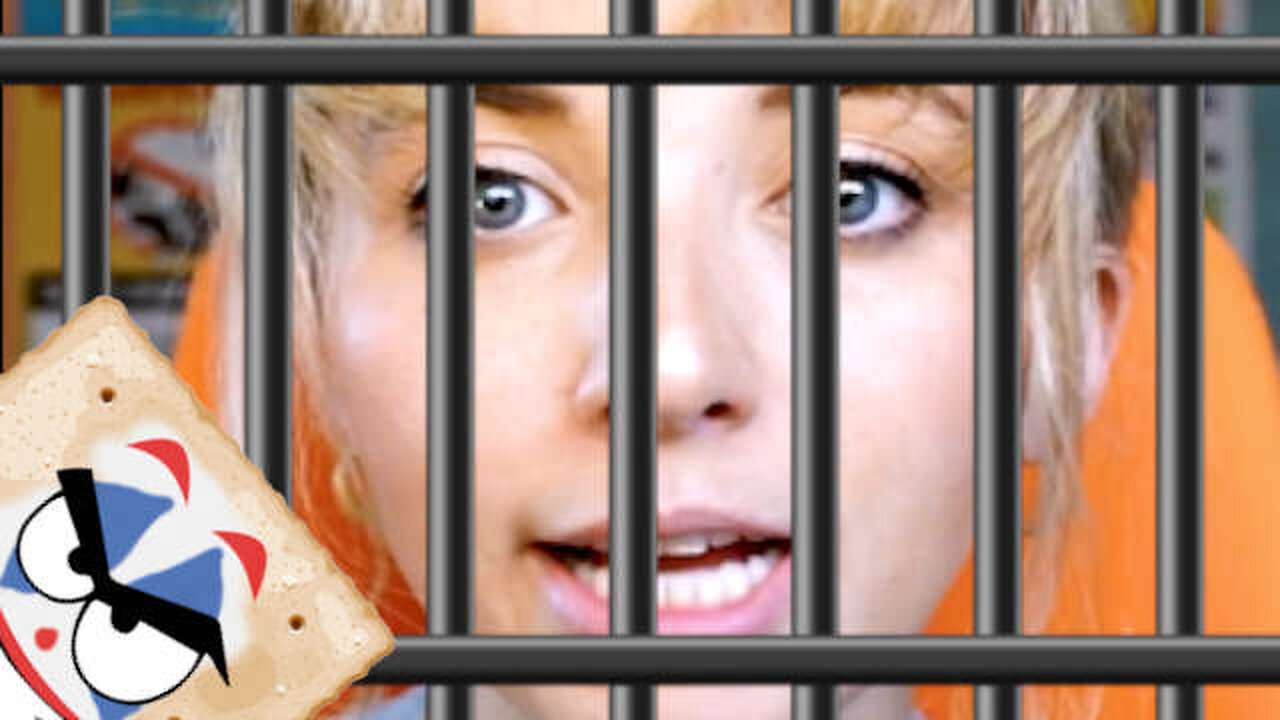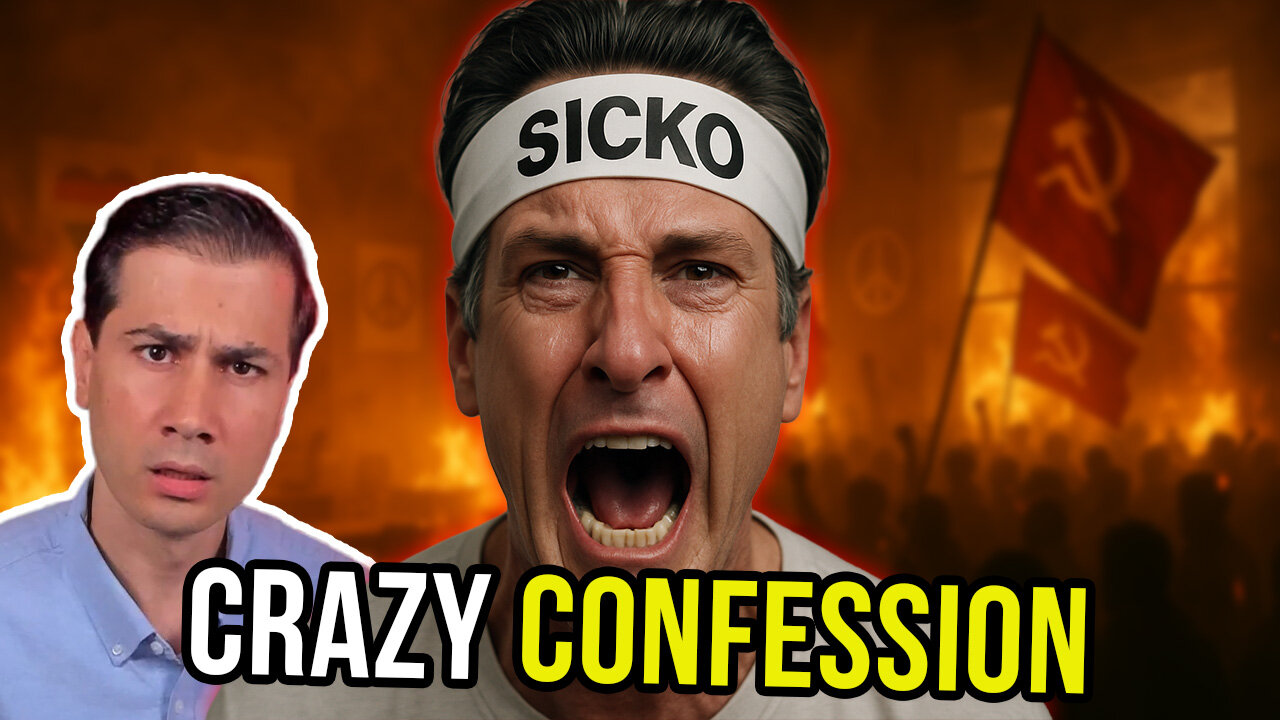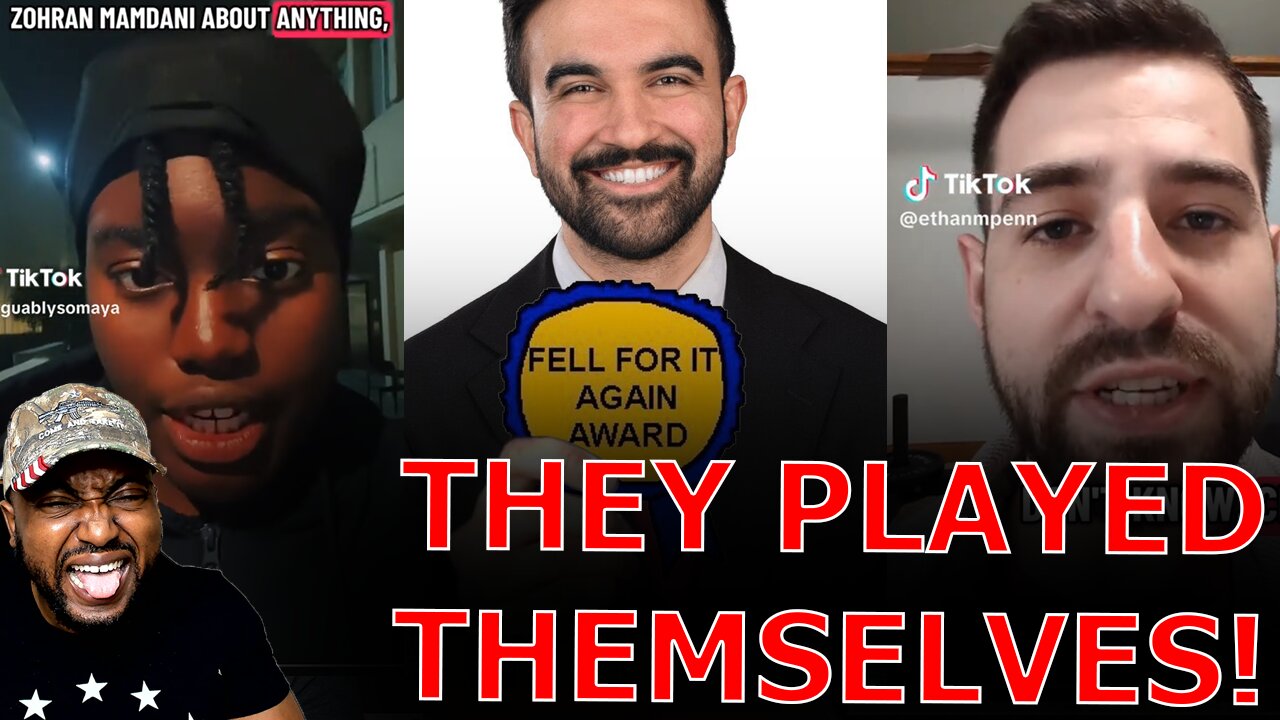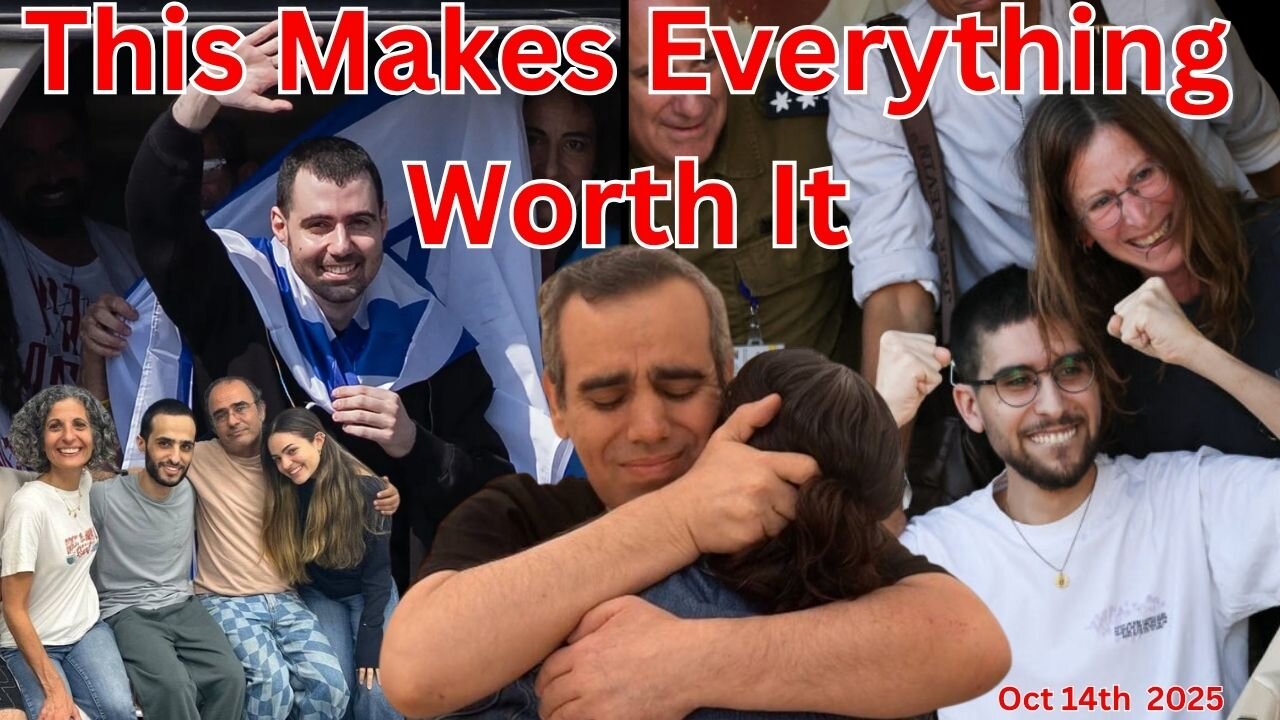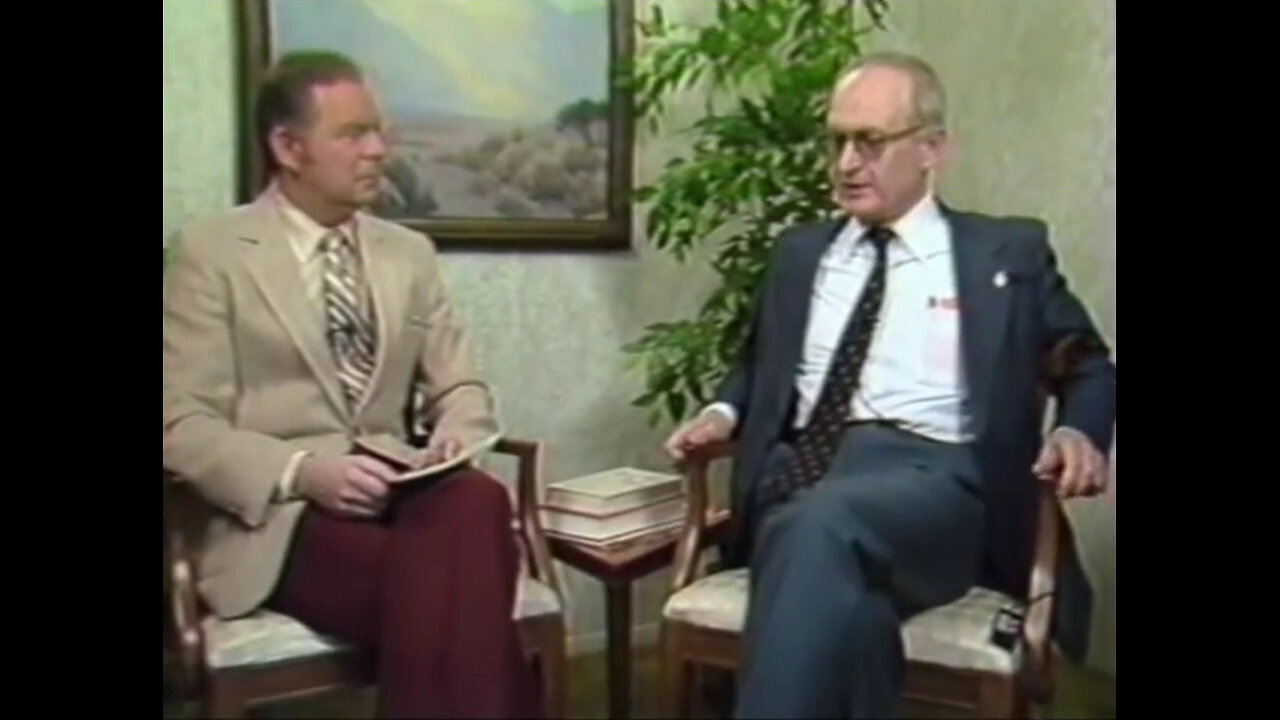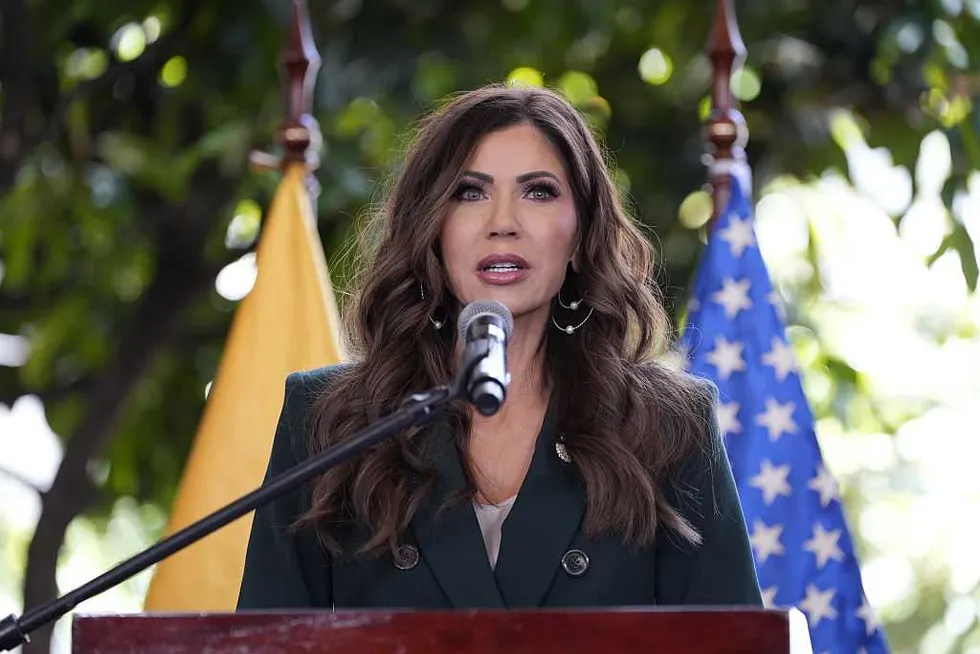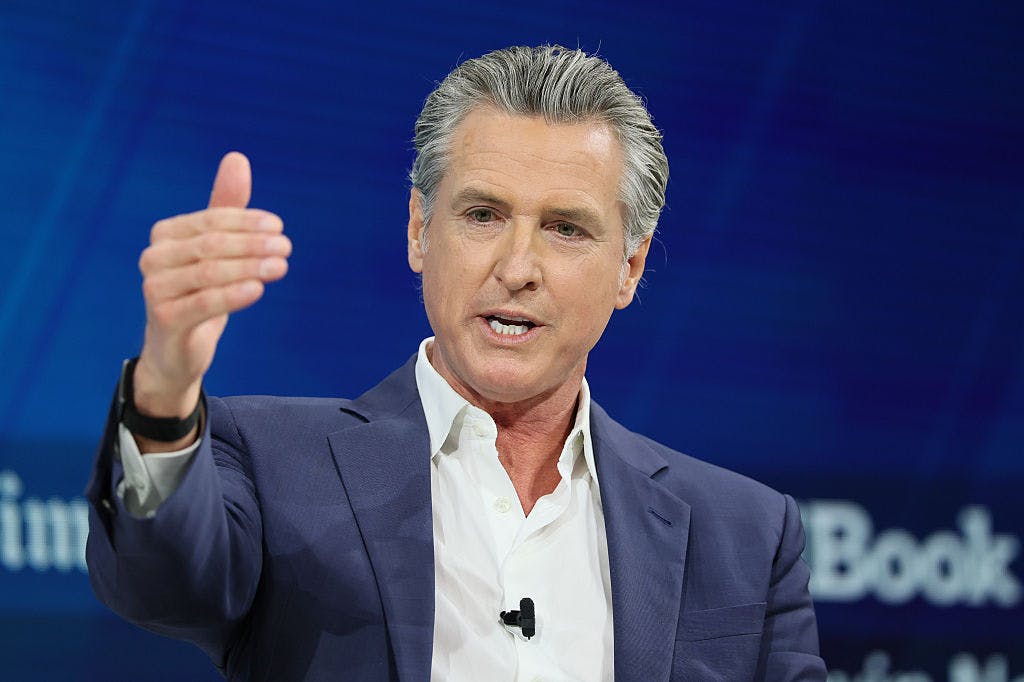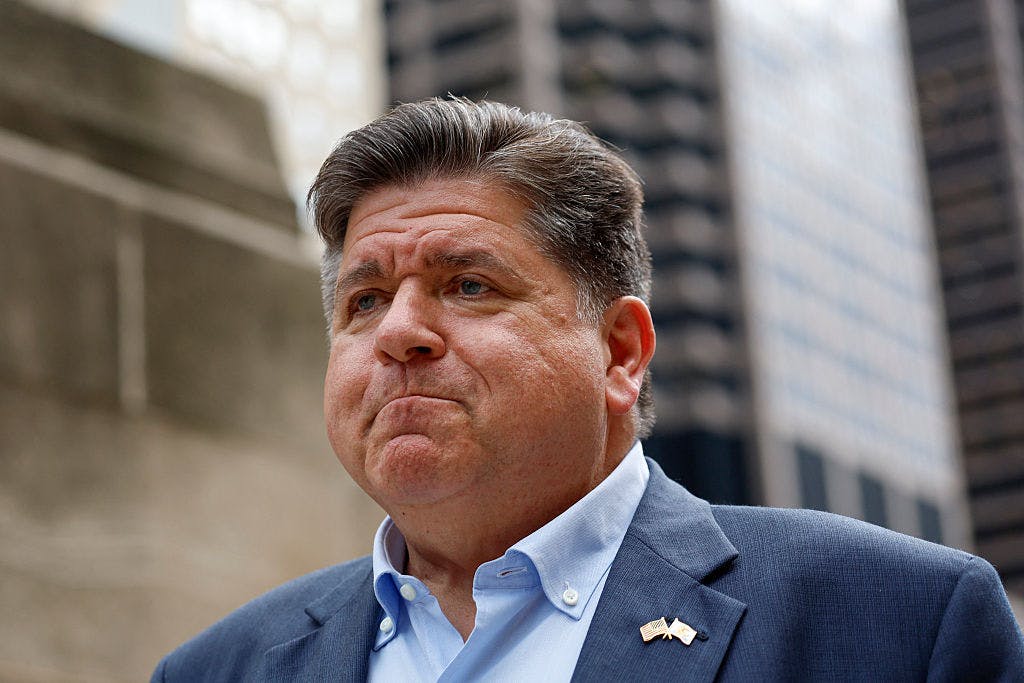Movement Barrels Forward To Euthanize 12 Year Old Children In Canada

Advocates for assisted suicide in Canada, where it’s been legal for just under a decade, are pushing to expand the practice to children.
Canada’s euthanasia program, known as MAiD (Medical Assistance in Dying), started back in 2016 for people whose natural death was “reasonably foreseeable” and wanted to end their lives. It’s already been expanded — both expanding the pool of which adults are eligible and how it can be administered, leading to an explosion of suicides in recent years.
Now, groups are calling for minors as young as 12 years old to be included in the government-funded suicide program. One advocacy group, called “Dying With Dignity Canada,” recommends minors as young as 12 be included in the program, and goes as far as to suggest 16 and 17-year-olds shouldn’t even need parental consent to be killed by a doctor if they fit broad criteria.
The group calls for assessing age eligibility based on “maturity” rather than “chronological age.”

Dying With Dignity Canada
Experts say the advocacy shows there was merit to the “slippery slope” argument made against the law from the outset.
“There is a kind of gruesome, relentless logic at work here, and this is why the logical ‘slippery slope’ argument is a valid argument,” Dr. Aaron Kheriaty, a psychiatrist and director at Ethics and Public Policy Center, told The Daily Wire. “Once you cross the line of allowing doctors to kill patients, once you cross the line of accepting the basic premise of the euthanasia movement — which is that some lives are not worth living and therefore these people should be killed by the medical profession, then it’s very hard to argue that there should be any limitations.”
The MAiD program started back in 2016, with only people whose natural death was “reasonably foreseeable” eligible. In 99% of cases, a medical professional administers a substance that causes a person’s death, which is technically euthanasia. In the other cases, a person will be provided a substance to self-administer to cause their own death, which is defined as assisted suicide.
There’s only been expansion of these procedures since the creation of MAiD, with massive growth in 2021, when chronic illness and disability were included as sole reasons for someone to be euthanized.
With an increasing number of people being euthanized every year, 2023 data shows more than 15,000 people were killed via MAiD. That accounts for 4.7% of all deaths in Canada. Put another way, about 1 in 20 Canadians are being euthanized.
Advocates for including so-called “mature” minors in the MAiD program argue that children need more autonomy over their health care, and note that minors can already consent or refuse certain medical treatments, so including them, they argue, would be consistent. They say it’s about compassion.
The “slippery slope” argument, he said, is playing out in real time in Canada. “Your basic premise, your basic argument is people should be able to do this on the basis of one of two things: autonomy and choice on the one hand, or pain and suffering on the other hand. And people can always invoke pain and suffering,” he said. “Who’s to say that they’re not suffering more than someone who qualified under the law, right?”
Kheriaty said that just a few years ago, he may have viewed the movement to euthanize minors as fringe. He doesn’t view it that way anymore.
“A few years ago, I would’ve said, ‘No, I don’t think the Canadian regime is going to go that far to have so-called ‘mature minors,’ adolescents avail themselves of euthanasia,'” he said. “But now, I’m sad to say I wouldn’t put it past them.”
In addition to the movement to include minors in the MAiD program, there’s a strong push to include people who suffer solely from mental health issues, like depression. That’s set to take effect in 2027. But Kheriaty says it’s already happening in Canada.
“There have been at least a few cases described and reported widely in the last couple of years in Canada,” he said. “I remember one case of, I believe it was a 27-year-old female, a woman in her twenties whose sole diagnosis was autism and ADHD, neither of which are terminal conditions.”
“So even if it’s not officially legalized in Canada yet, that psychiatric conditions can be used as the sole criteria for euthanasia,” he said. “There have been reported cases in the literature where clearly that’s been happening already.”
Kheriaty believes opposition must come from the medical community.
“Most people who avail themselves of this have a deep-seated fear that they’re going to be a burden on others,” he explained. “They’re gonna be a burden on society. They’re gonna be a burden on the medical community that’s not gonna want to care for them.”
“And we have to respond, rather than abandoning the patient by saying, ‘Yes, here’s the poison pill,’ or, ‘I’ll administer the poison injection to you.’ We have to respond by saying, ‘No, it’s a privilege to care for you.’ It’s a privilege to walk with you through what might be the final stage of your life — in the cases where someone has been diagnosed with the terminal illness. Or, it’s a privilege to care for you if you’ve been diagnosed with a mental illness and maybe it’s been difficult to treat. Let’s continue to work to find ways to treat this.”
A failure to do so would hurt society’s most vulnerable.
“Assisted suicide is both dangerous and inhumane, and I would say all the more so true of euthanasia, because it abandons vulnerable patients who need help, treatment efforts at healing, or when healing or cure is not possible, they need support and care.”
Originally Published at Daily Wire, Daily Signal, or The Blaze
What's Your Reaction?
 Like
0
Like
0
 Dislike
0
Dislike
0
 Love
0
Love
0
 Funny
0
Funny
0
 Angry
0
Angry
0
 Sad
0
Sad
0
 Wow
0
Wow
0






